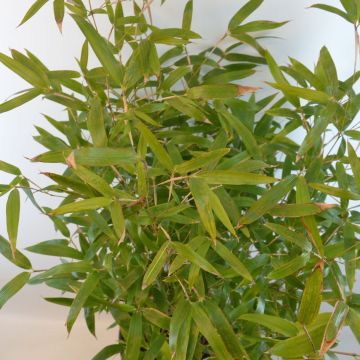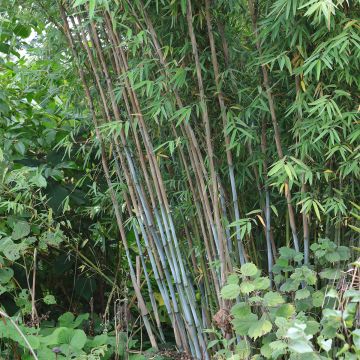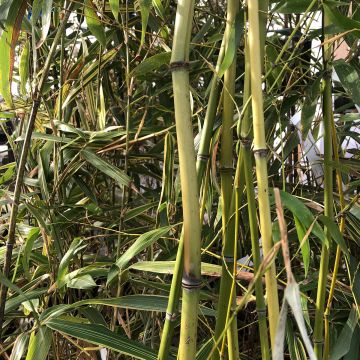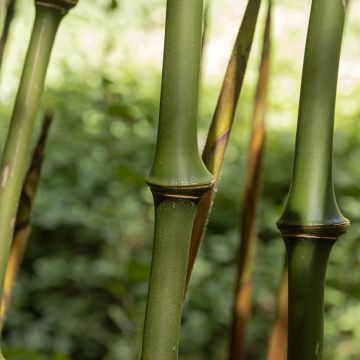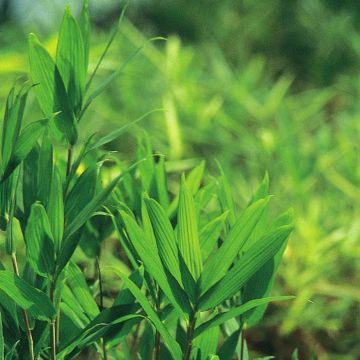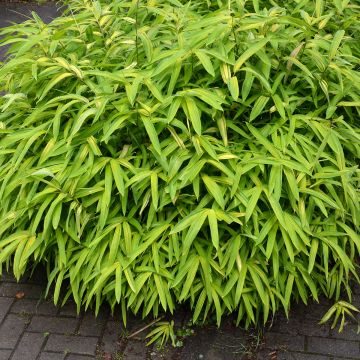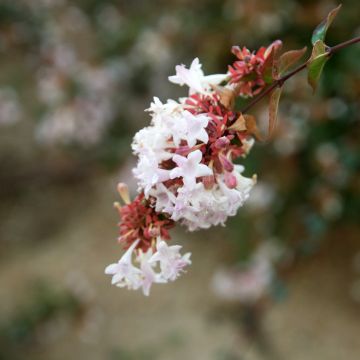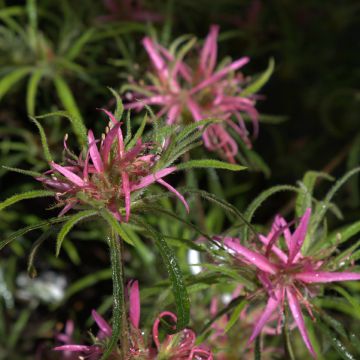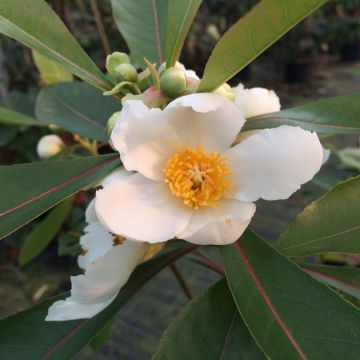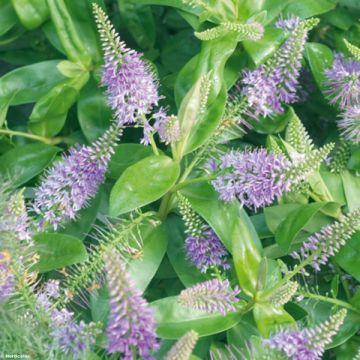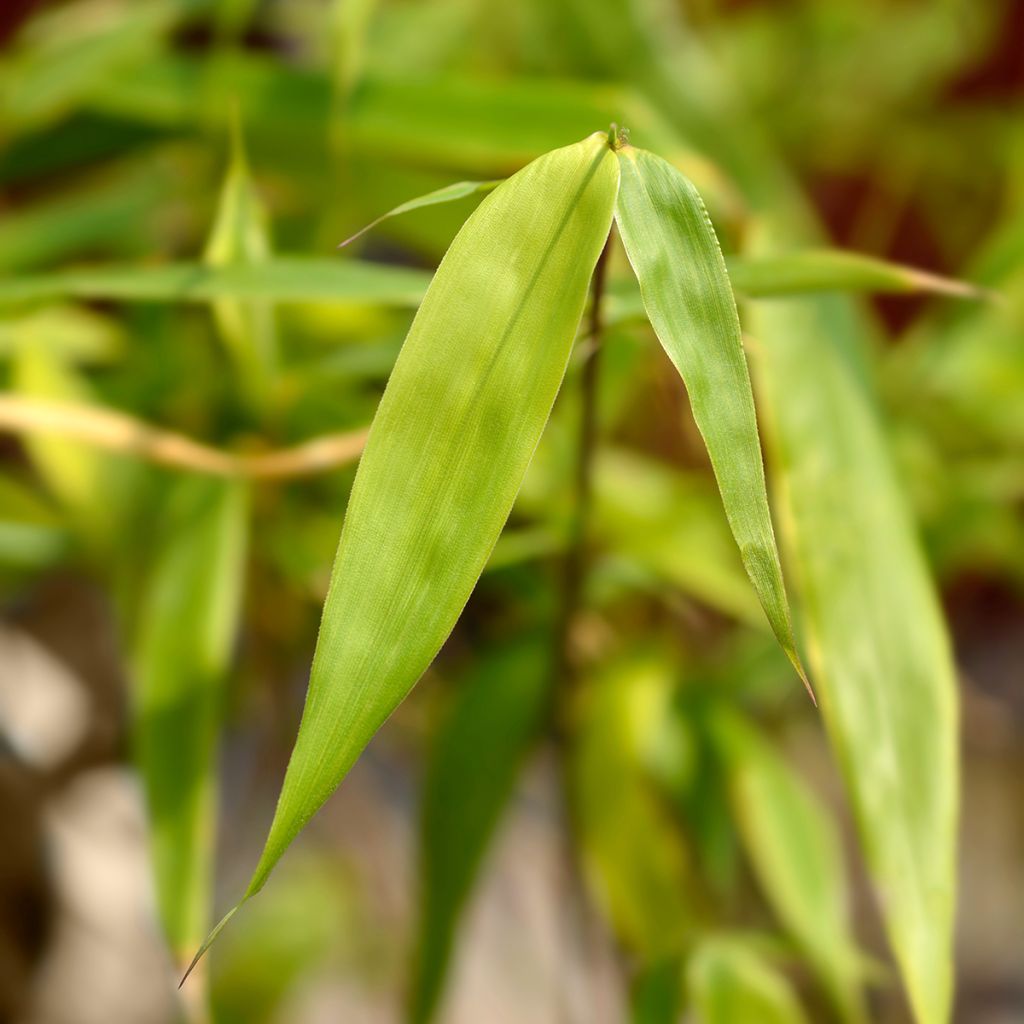

Fargesia scabrida Asian Wonder - Non-running Bamboo
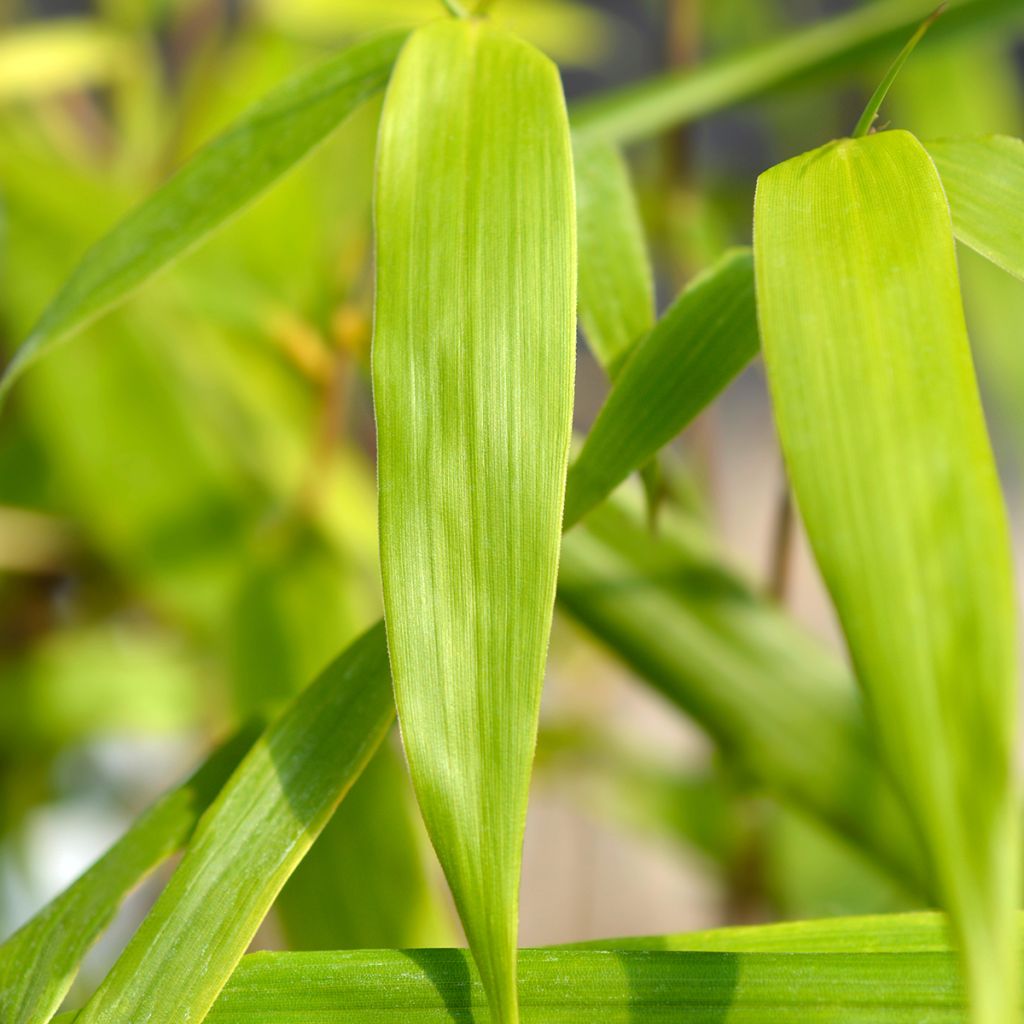

Fargesia scabrida Asian Wonder - Non-running Bamboo


Fargesia scabrida Asian Wonder - Non-running Bamboo
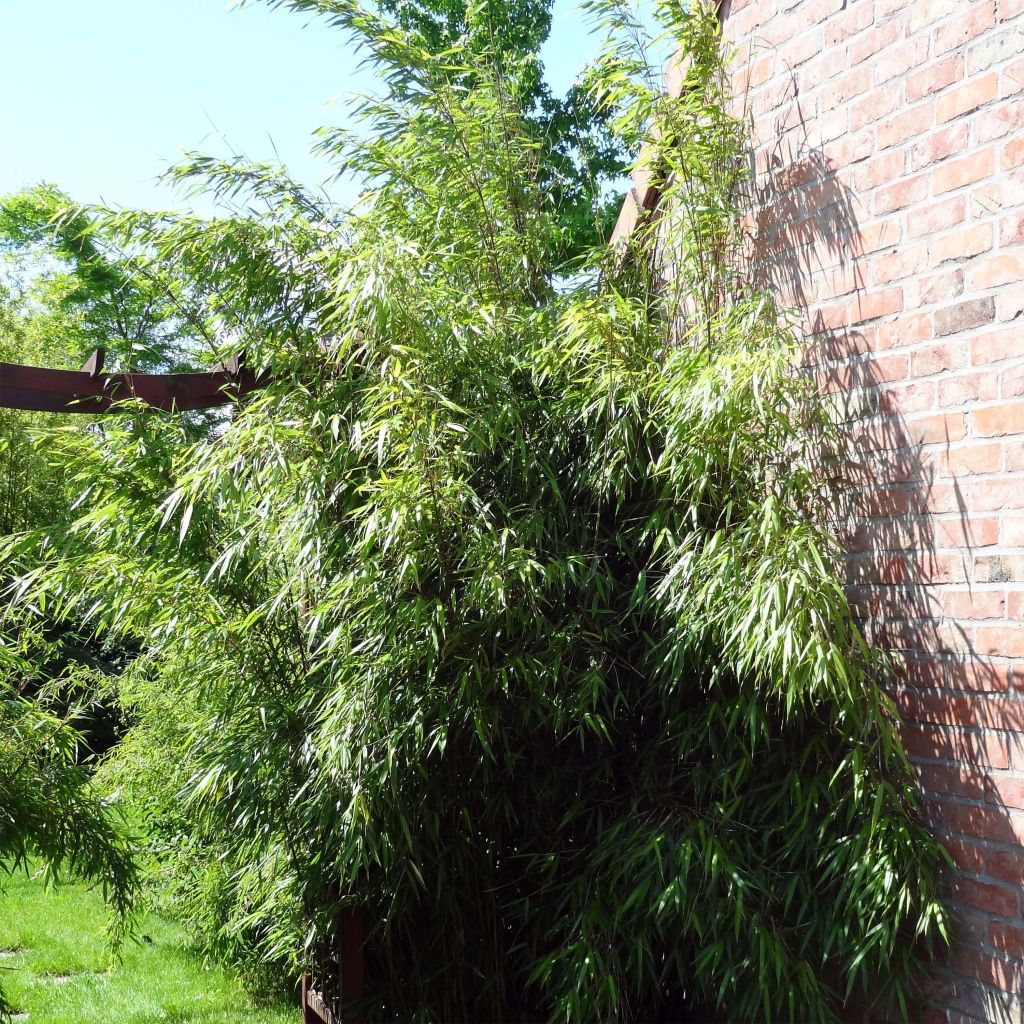

Fargesia scabrida Asian Wonder - Non-running Bamboo
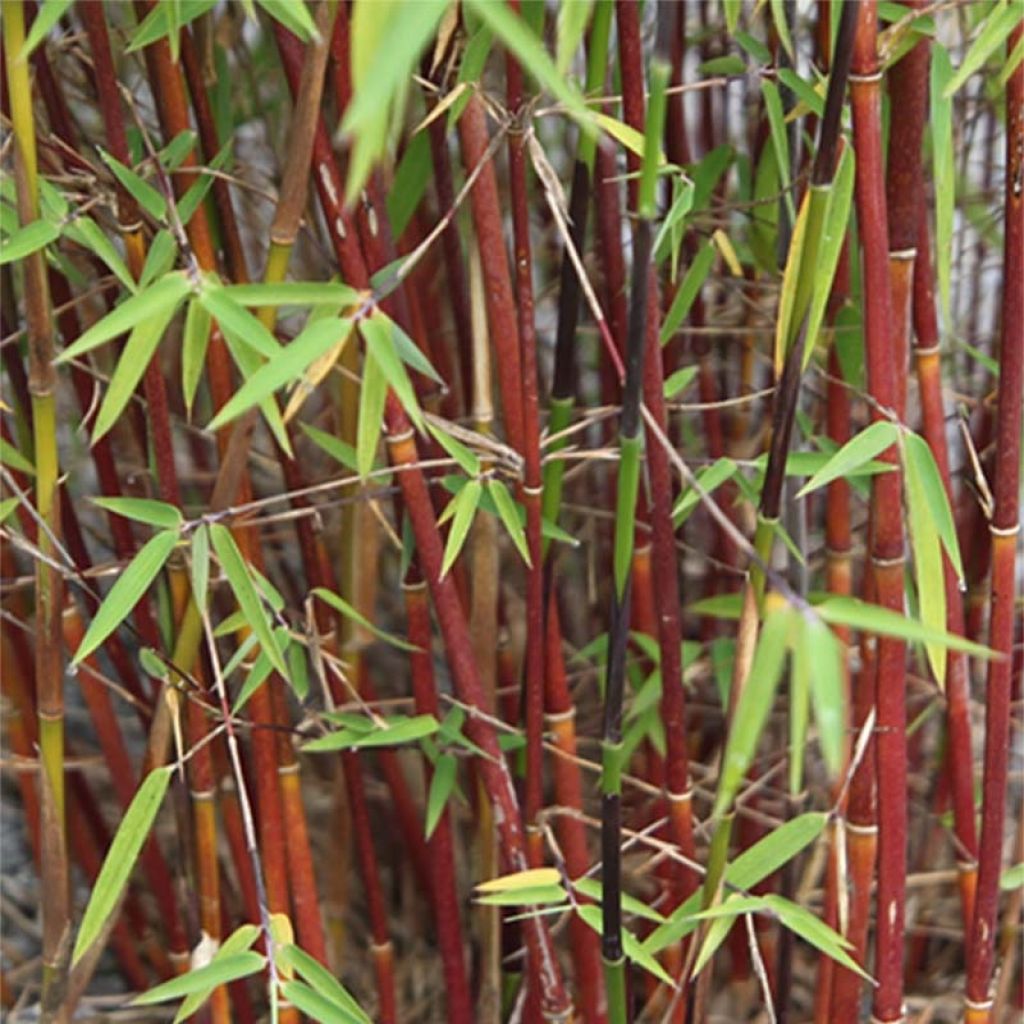

Fargesia scabrida Asian Wonder - Non-running Bamboo


Fargesia scabrida Asian Wonder - Non-running Bamboo
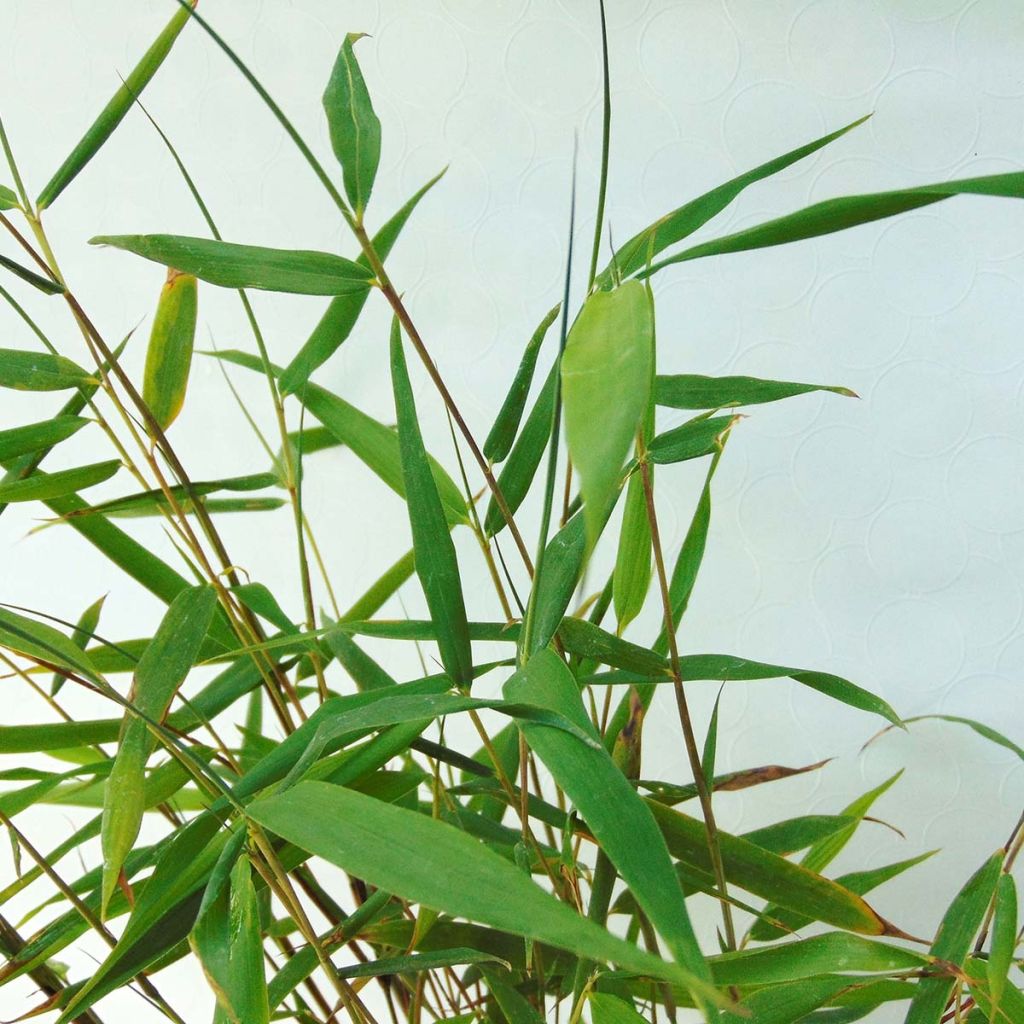

Fargesia scabrida Asian Wonder - Non-running Bamboo
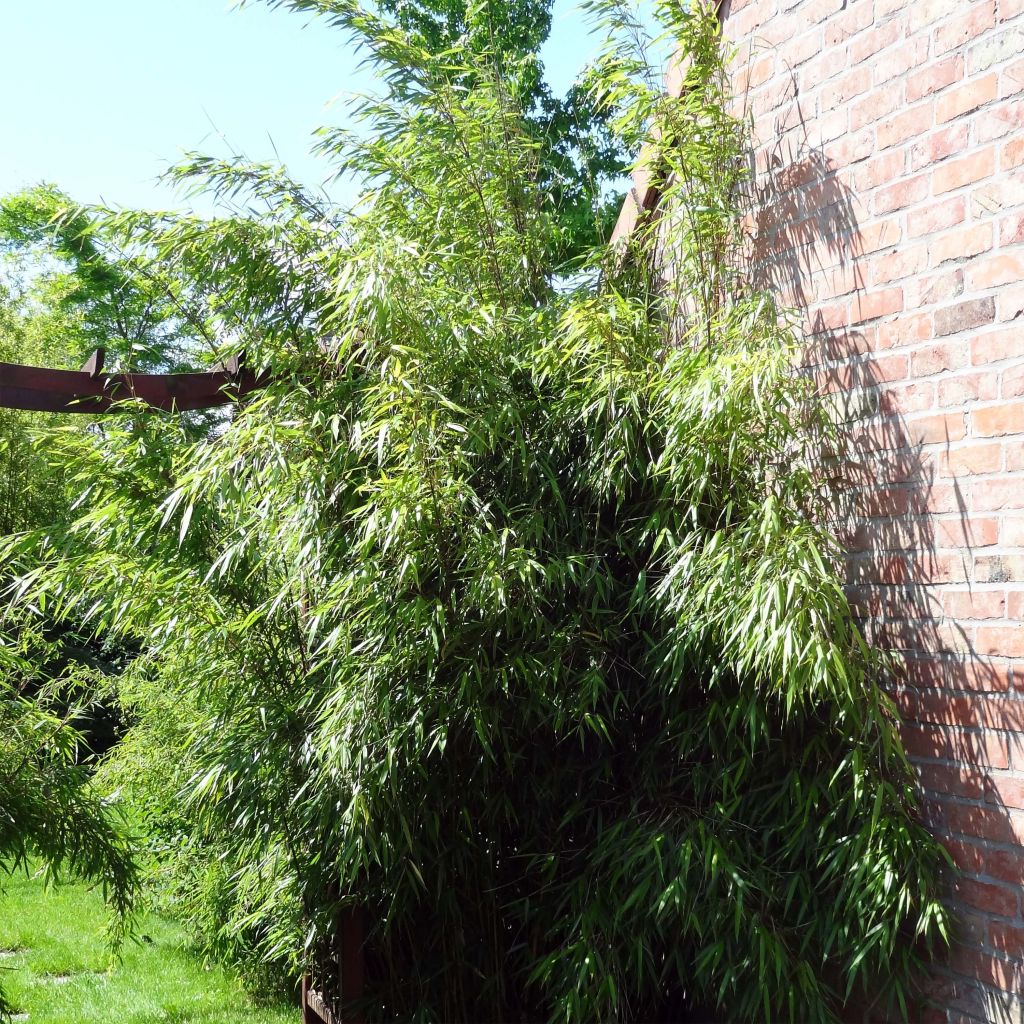

Fargesia scabrida Asian Wonder - Non-running Bamboo
View more pictures
Hide images
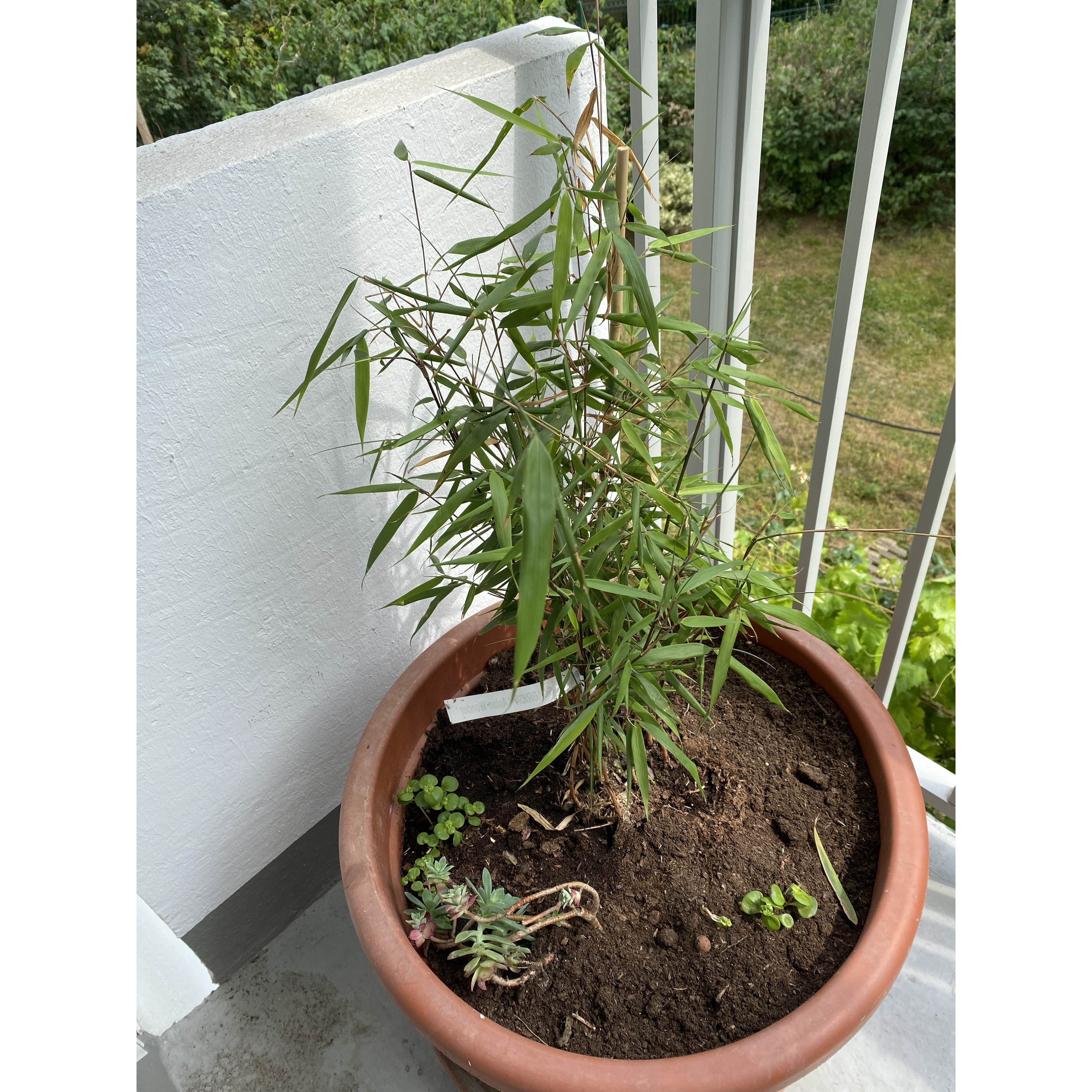
Jacqueline S.

Fargesia scabrida Asian Wonder - Non-tracing Bamboo
Jacqueline S. • 94 FR
Fargesia scabrida Asian Wonder - Non-running Bamboo
Fargesia scabrida Asian wonder
Bamboo
Already purchased a non-running bamboo a few years ago and not disappointed, it's magnificent, so I renewed for 3, beautiful prunings. The packaging well thought out, they arrived without any problems.
Monique, 04/11/2025
Special offer!
Receive a €20 voucher for any order over €90 (excluding delivery costs, credit notes, and plastic-free options)!
1- Add your favorite plants to your cart.
2- Once you have reached €90, confirm your order (you can even choose the delivery date!).
3- As soon as your order is shipped, you will receive an email containing your voucher code, valid for 3 months (90 days).
Your voucher is unique and can only be used once, for any order with a minimum value of €20, excluding delivery costs.
Can be combined with other current offers, non-divisible and non-refundable.
Home or relay delivery (depending on size and destination)
Schedule delivery date,
and select date in basket
This plant carries a 24 months recovery warranty
More information
We guarantee the quality of our plants for a full growing cycle, and will replace at our expense any plant that fails to recover under normal climatic and planting conditions.

Would this plant suit my garden?
Set up your Plantfit profile →
Description
The Fargesia scabrida Asian wonder is a recent, still relatively unknown and very ornamental plant. You will appreciate the delicacy of its foliage as well as its green stems that turn purple and are adorned with mahogany sheaths. It is perfect for small gardens.
Originally from China and belonging to the Poaceae family, the Fargesia scabrida Asian wonder has a fairly flexible upright habit, it has thin stems one centimetre in diameter, covered with dark green foliage, dense and very fine. Its growth is relatively fast, reaching a height of 3.50 to 5 metres in a few years. Particularly hardy, it can withstand -20°C (-4°F) (however, in case of snowfall, remember to shake off its canes).
Bamboos are not demanding plants, they thrive in any garden soil. However, their growth rate and maximum height will be determined by the quality and moisture content of the soil. Ideally, plant them in an acidic or neutral, light, fertile and well-drained soil. As for exposure, we recommend planting your Fargesia scabrida Asian wonder in partial shade or full sun, the situation it prefers the most.
The Fargesia scabrida Asian wonder is a clumping bamboo, it is not invasive. The installation of a rhizome barrier is therefore optional.
A star of Asian-inspired gardens, bamboo suits many styles, from the most modern to the most traditional. Planted en masse, it quickly creates very exotic small forests, its sculptural appearance brings beautiful verticals to modern gardens and terraces. Its fast growth also makes it an excellent plant for managing privacy in crowded spaces.
The presence of bamboo is such that you can plant it as a standalone specimen. In a mixed planting, it blends well with many other plants, we recommend associating it, in an Asian-style garden, with Japanese Maples and Japanese Azaleas.
Did you know? The flowering of bamboo is a real mystery: irregular and unpredictable, it only occurs exceptionally. It has little interest and, above all, it is a bad omen as it announces its death. But don't worry, it is an extremely rare phenomenon and some particularly vigorous species manage to regenerate over time.
Report an error about the product description
Fargesia scabrida Asian Wonder - Non-running Bamboo in pictures
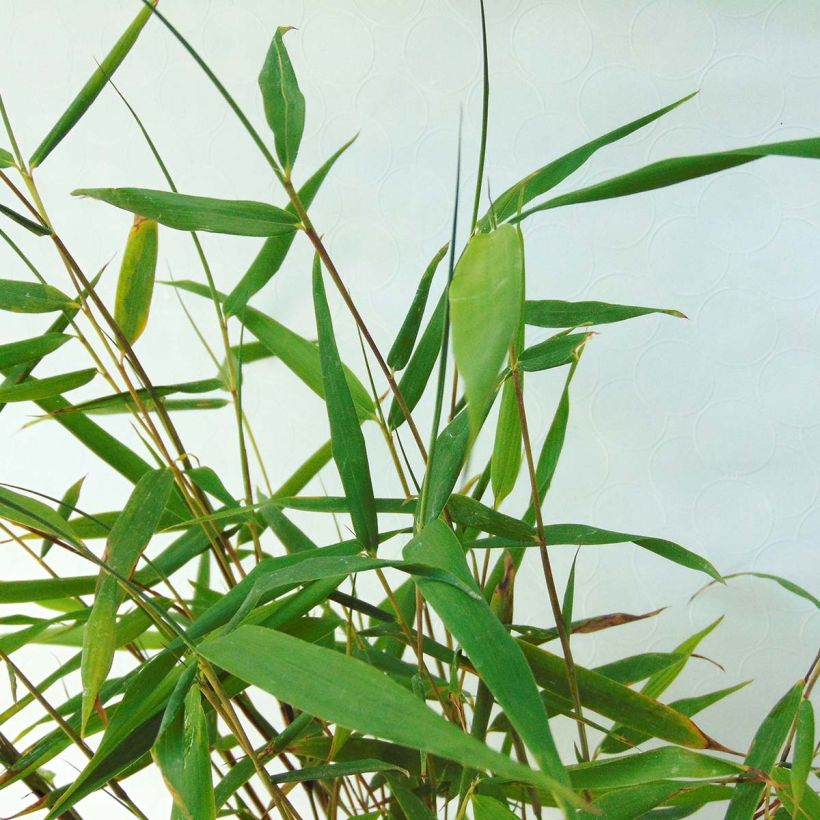

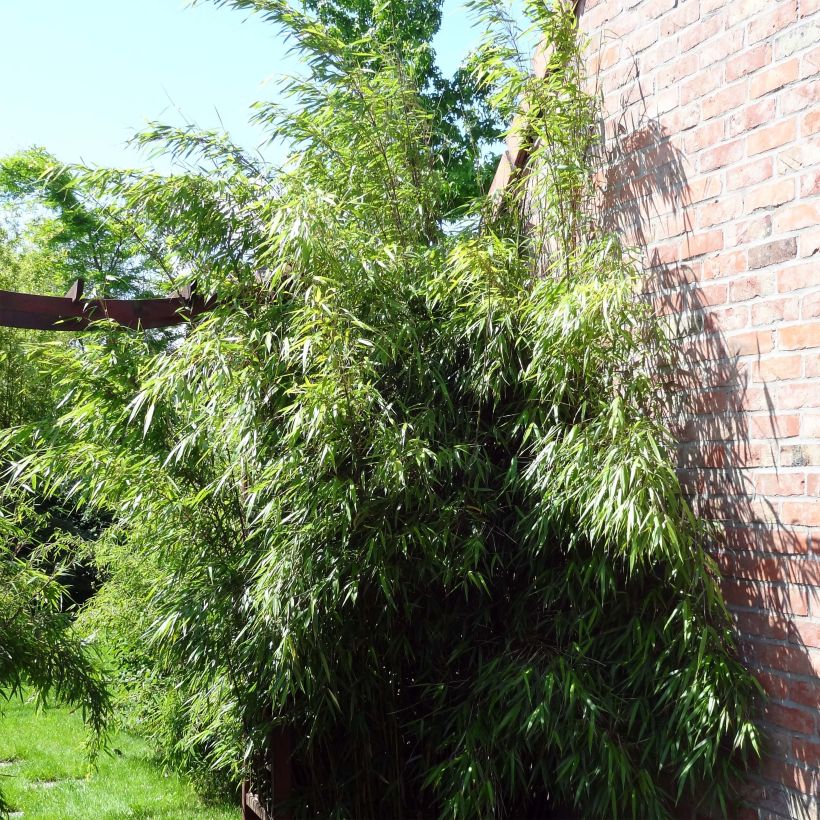

Plant habit
Foliage
Botanical data
Fargesia
scabrida
Asian wonder
Poaceae
Bamboo
China
Other Bamboos
View all →Planting and care
Grown in containers, bamboo can be planted at any time of the year, except during freezing temperatures. However, the best planting period is late summer and autumn, when the soil is warm and rainfall is more frequent. The planting distance depends on how you intend to use your bamboo: for a mass planting, allow a spacing of 1.8 to 2.2 metres between each plant. For a hedge, this distance is reduced to 1 to 1.4 metres.
In general, bamboo prefers rich, well-drained soil that remains moist, either acidic or neutral. They can tolerate slightly alkaline soil.
During planting, be sure to loosen the soil and thoroughly moisten the rootball by soaking it. You can add well-rotted compost and lightly cultivate the surface. Watering should be done regularly, especially during the first year if planted in the ground, and continuously if grown in pots. The establishment period may sometimes seem a bit long, but don't panic!
This bamboo is not a runner, so the installation of a rhizome barrier (thick, resistant polypropylene film) is therefore optional.
As for maintenance, bamboo is not demanding: remember to weed around the base, at least in the beginning, until the dead leaves left on the ground form a natural mulch. An application of nitrogen-rich fertilizer (well-rotted manure or liquid fertilizer) in spring and autumn can be beneficial.
Planting period
Intended location
Care
-
, onOrder confirmed
Reply from on Promesse de fleurs
Similar products
Haven't found what you were looking for?
Hardiness is the lowest winter temperature a plant can endure without suffering serious damage or even dying. However, hardiness is affected by location (a sheltered area, such as a patio), protection (winter cover) and soil type (hardiness is improved by well-drained soil).

Photo Sharing Terms & Conditions
In order to encourage gardeners to interact and share their experiences, Promesse de fleurs offers various media enabling content to be uploaded onto its Site - in particular via the ‘Photo sharing’ module.
The User agrees to refrain from:
- Posting any content that is illegal, prejudicial, insulting, racist, inciteful to hatred, revisionist, contrary to public decency, that infringes on privacy or on the privacy rights of third parties, in particular the publicity rights of persons and goods, intellectual property rights, or the right to privacy.
- Submitting content on behalf of a third party;
- Impersonate the identity of a third party and/or publish any personal information about a third party;
In general, the User undertakes to refrain from any unethical behaviour.
All Content (in particular text, comments, files, images, photos, videos, creative works, etc.), which may be subject to property or intellectual property rights, image or other private rights, shall remain the property of the User, subject to the limited rights granted by the terms of the licence granted by Promesse de fleurs as stated below. Users are at liberty to publish or not to publish such Content on the Site, notably via the ‘Photo Sharing’ facility, and accept that this Content shall be made public and freely accessible, notably on the Internet.
Users further acknowledge, undertake to have ,and guarantee that they hold all necessary rights and permissions to publish such material on the Site, in particular with regard to the legislation in force pertaining to any privacy, property, intellectual property, image, or contractual rights, or rights of any other nature. By publishing such Content on the Site, Users acknowledge accepting full liability as publishers of the Content within the meaning of the law, and grant Promesse de fleurs, free of charge, an inclusive, worldwide licence for the said Content for the entire duration of its publication, including all reproduction, representation, up/downloading, displaying, performing, transmission, and storage rights.
Users also grant permission for their name to be linked to the Content and accept that this link may not always be made available.
By engaging in posting material, Users consent to their Content becoming automatically accessible on the Internet, in particular on other sites and/or blogs and/or web pages of the Promesse de fleurs site, including in particular social pages and the Promesse de fleurs catalogue.
Users may secure the removal of entrusted content free of charge by issuing a simple request via our contact form.
The flowering period indicated on our website applies to countries and regions located in USDA zone 8 (France, the United Kingdom, Ireland, the Netherlands, etc.)
It will vary according to where you live:
- In zones 9 to 10 (Italy, Spain, Greece, etc.), flowering will occur about 2 to 4 weeks earlier.
- In zones 6 to 7 (Germany, Poland, Slovenia, and lower mountainous regions), flowering will be delayed by 2 to 3 weeks.
- In zone 5 (Central Europe, Scandinavia), blooming will be delayed by 3 to 5 weeks.
In temperate climates, pruning of spring-flowering shrubs (forsythia, spireas, etc.) should be done just after flowering.
Pruning of summer-flowering shrubs (Indian Lilac, Perovskia, etc.) can be done in winter or spring.
In cold regions as well as with frost-sensitive plants, avoid pruning too early when severe frosts may still occur.
The planting period indicated on our website applies to countries and regions located in USDA zone 8 (France, United Kingdom, Ireland, Netherlands).
It will vary according to where you live:
- In Mediterranean zones (Marseille, Madrid, Milan, etc.), autumn and winter are the best planting periods.
- In continental zones (Strasbourg, Munich, Vienna, etc.), delay planting by 2 to 3 weeks in spring and bring it forward by 2 to 4 weeks in autumn.
- In mountainous regions (the Alps, Pyrenees, Carpathians, etc.), it is best to plant in late spring (May-June) or late summer (August-September).
The harvesting period indicated on our website applies to countries and regions in USDA zone 8 (France, England, Ireland, the Netherlands).
In colder areas (Scandinavia, Poland, Austria...) fruit and vegetable harvests are likely to be delayed by 3-4 weeks.
In warmer areas (Italy, Spain, Greece, etc.), harvesting will probably take place earlier, depending on weather conditions.
The sowing periods indicated on our website apply to countries and regions within USDA Zone 8 (France, UK, Ireland, Netherlands).
In colder areas (Scandinavia, Poland, Austria...), delay any outdoor sowing by 3-4 weeks, or sow under glass.
In warmer climes (Italy, Spain, Greece, etc.), bring outdoor sowing forward by a few weeks.






























